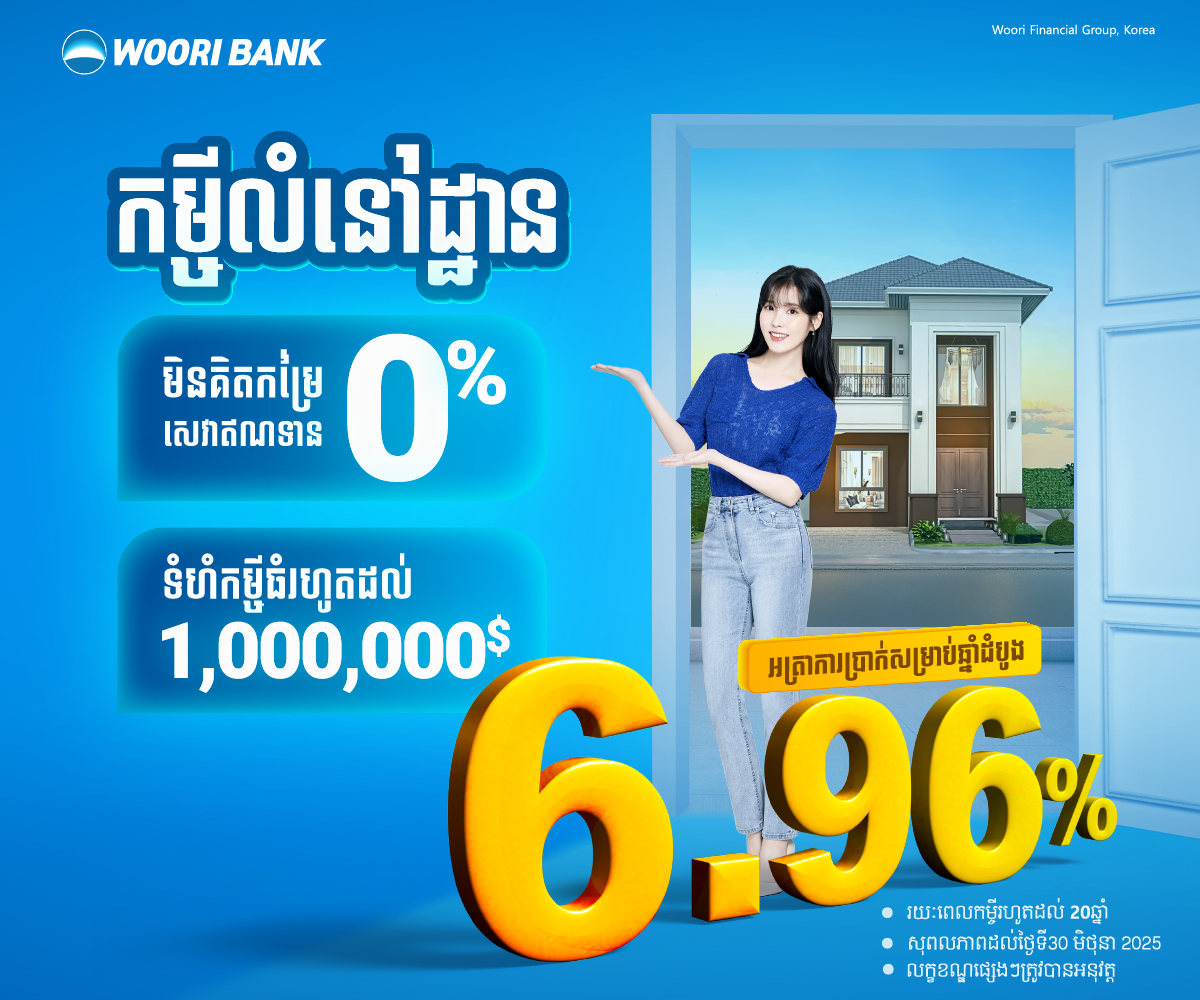
A bird’s-eye view of Phnom Penh’s iconic Central Market and the surrounding CBD. Hong Raksmey
Phnom Penh ranked 41 among 100 cities in the Asia-Pacific region for livability, lovability and prosperity with Singapore top of the list and Lahore of Pakistan at the bottom, according to the latest Asia-Pacific's Best Cities report by consultancy company Resonance.
The report, released on February 12, noted that the scars of the Khmer Rouge regime have slowly healed and the capital is rapidly positioning itself as a major hub for investors, expatriates and global businesses.
It said Phnom Penh has the lowest unemployment rate and second-highest labour force participation in their category, meaning the city sits an “impressive” 25 in their overall Prosperity category.
“The next decade will see significant expansions, led by major projects like the continued development of Olympia City and the expansion of Diamond Island (Koh Pich) that are not just reshaping the city’s skyline but also attracting foreign direct investment and international businesses,” it said.
Aeon Mall and Raffles Hotel are among the high-profile global brands establishing a strong presence in the city, attracted by its strategic location and economic growth.
“What is coming next is The City Center 2 project, which will reshape Phnom Penh's skyline with modern office towers and upscale residences, reinforcing its status as a key business hub in the region,” added the report.
The Global Tech Exchange — a specialised district for tech innovation — aims to draw international tech companies and foster a dynamic start-up ecosystem, potentially improving the city's current 72nd ranking in the Business Ecosystem.
The report determined the Top 100 cities by using a combination of core statistics and user-generated data from online sources, including Google, Tripadvisor and Instagram to measure quality of life when it comes to experiential factors.
Livability referred to the quality of the natural and built-up environments of the city, including green urban area quality parks, sights, neighbourhoods and landmarks, while lovability determined vibrancy and quality of each city in terms of its culture, dining and nightlife, the more visitors, young professionals and large corporations it attracts. The prosperity category evaluated human capital and the necessary support for business, as well as infrastructure connection.










